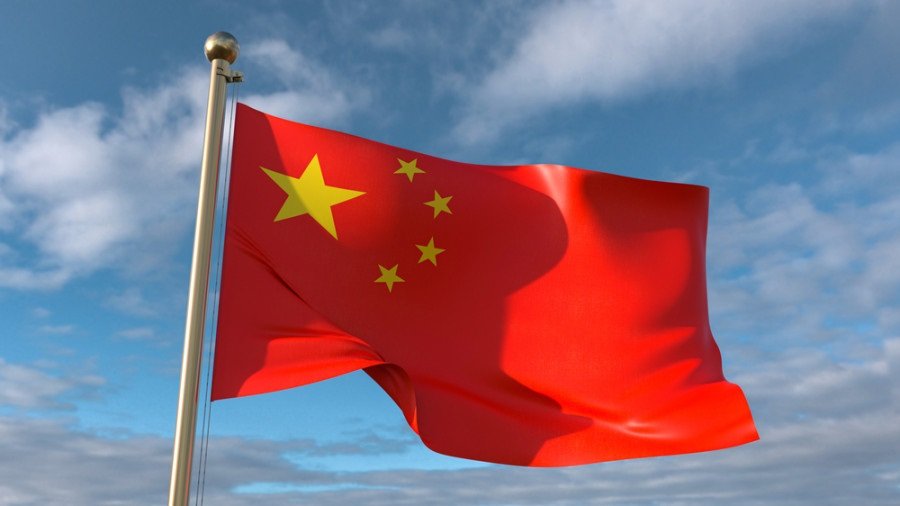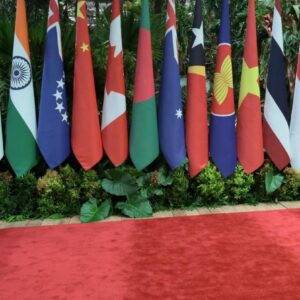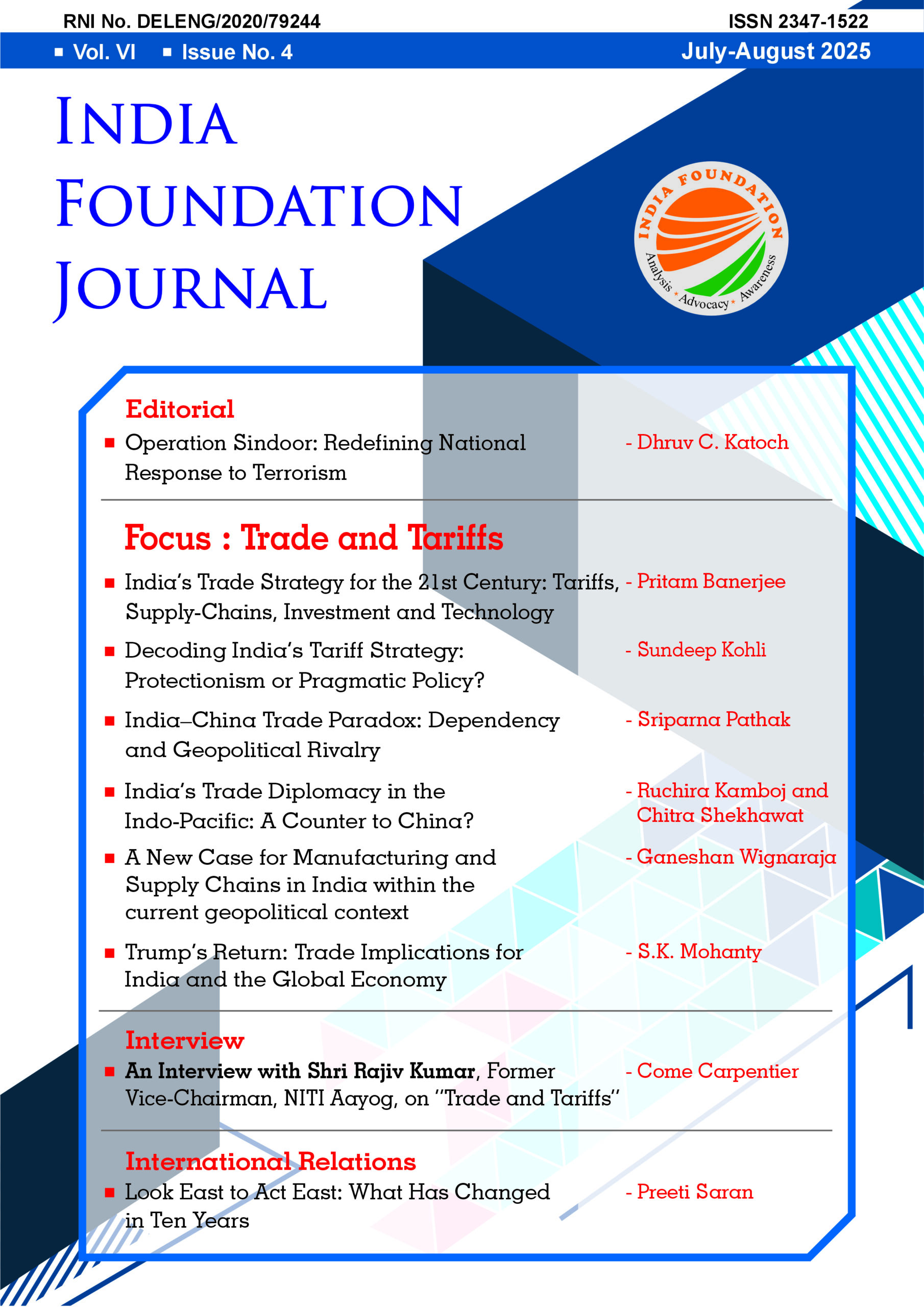China’s growing aggressiveness in recent years has much to do with China’s self-image and how its citizens perceive China’s place in the comity of nations. While individuals have personality traits, a survey of a group of countries carried out over three years has suggested that a country too, can be said to have personality traits.[1] With respect to China, this survey suggests that as a country, Chinese people exhibit two distinct traits. One, they have a deep, abiding belief in the ideals of humanism, encompassing altruism, compassion, and understanding. Two, the people showed a preference for order and organisation. They preferred certainty and thoroughness, and often judged success in terms of task accomplishment. On the macro level then, it appears that humanism and order are two traits valued by the Chinese people.
So, if humanism and order constitute the personality of China, why is China perceived as an aggressive and volatile force? This is where the concept of a Nation’s character comes in. This refers to the shared beliefs or perceptions of personality characteristics common to members of a particular nation, both within the nation and outside it. This perception of China in the eyes of its own people and even outside of China is controlled by the Communist Party of China, the CPC, which founded the People’s Republic of China (PRC) and is its sole ruling party.
Viewed through this lens, the personality of China is not congruent with its character. This has the potential to lead to internal unrest, protests and displeasure against the ruling dispensation. Hence, we see the heavy hand of propaganda inside and outside of China, by the CCP controlled outlets, trying to convince their own people and the outside world that a CPC run China, actually functions in terms of the Chinese personality and is humanistic, orderly and completes its projects in a timely manner, keeping the good of the people at heart. The ending of poverty in China is hence an important landmark, along with projects such as the One Belt one Road which are termed as China’s humanistic and altruistic outreach. The crackdown on corruption can also be seen in a similar light.
There is also a third characteristic which defines China and that is its sense of nationalism, grounded in the belief that China was once a great power and that it must regain that status. This sense of nationalism dates back to well before the establishment of the PRC, but it was the PRC which has, since 1949, promoted the narrative of the ‘Century of Humiliation,’ which is largely conceived as having begun with the first Opium War in 1839, in which the Royal Navy opened up China to Western capitalism, and ended in 1949, with the PRC coming to power in China. This discourse reiterates the humiliation of the Chinese people, the dismemberment of territory, the loss of sovereignty to foreign powers and domestic weakness and corruption.
This sense of nationalism also drives China’s foreign policy, with the PRC being sensitive to public concerns and taking into account popular nationalist sentiments. As an example, in 2012, when tensions arose over the disputed Senkaku/Diaoyu Islands, the Chinese public boycotted Japanese products, linking the same to patriotism. There is a deep sense of hurt amongst the Chinese people of what happened after the Japanese Imperial Army seized Nanjing on 13 December 1937. For the next six weeks, the conquerors went on a rampage, killing all the Chinese soldiers who survived, which was against the canons of war. But worse, they murdered the civilian population, raped the women and pillaged and burnt the township.[2] This massacre still weighs heavily on the Chinese consciousness. It is the Chinese public which is averse to the continuing Japanese practice of honouring of its WWII martyrs at the Yasukuni Shrine. This public vehemence at times outstrips even the hardliners within the PRC government, serving to push policy further toward hawkishness, with netizens criticising their own country’s policymakers for not being aggressive enough. And if China’s Ministry of Foreign Affairs (MFA) is perceived to be undermining Chinese interests, then they too are subjected to ridicule by the public. Two factors indicate this trend. One, China’s MFA receives calcium pills when the public feels their diplomats need to stiffen up their backbone—a popular choice of insult to indicate spinelessness. And two, in the online world, the MFA has garnered the unofficial nickname ‘the Ministry of Protests’ due to its tendency to do little more than issue denouncements of unfavourable international developments. It is this public pressure which has perhaps forced a change within China’s diplomatic community, leading to what we now see as wolf warrior envoys.[3]
With this as a background, let us look into Chinese aggressive policies astride its land borders as well as in the Western Pacific. Since early 1990s, while China was pursuing its economic and military growth agenda, it did not want its growth to be seen as threatening to its neighbours. So, Beijing resorted to the rhetoric of its peaceful rise and was restrained in its foreign policy options. It engaged with regional multilateral organisations such as ASEAN, and with neighbouring states, using trade and investment deals to foster better relations. But as China grew in strength and clout, its foreign policy too has distinctly changed, with Beijing now focussed on aggressively promoting its core interests, getting more assertive with its neighbours and pushing back with greater confidence against the United States. Towards this end, China has not shied away from applying military and other coercive economic and diplomacy leverages to further its interests. That is why we see Beijing intensifying its construction activities on the artificial islands it has constructed in the South China Sea, and despite protests from the US and neighbouring states, continues with the construction of airstrips and other military facilities in these islands. In the economic sphere, China continues to intrude into the exclusive economic zone (EEZ) of its neighbours to carry out fishing and oil exploration activities. With respect to Taiwan, Japan, Philippines, and some other ASEAN countries, China is resorting to increased military activity, especially in the East China Sea and in the Taiwan Straits, as also in exerting economic and diplomatic pressure. These changes are reflective of a weakening uni-polar world order taking place concurrently with China’s rise. China now feels it can push back against the U.S.-led international system, to promote a new international order.[4]
It must be remembered here that China’s rise took place in a uni-polar world. While unipolarity creates strong incentives for states to balance the unipole, there is a cost attached to such balancing which makes the challenger tread cautiously. As China grew in strength, it resorted to soft balancing, which is what we see playing out today. While not directly challenging the United States, it is using military and non-military means such as territorial denial and entangling diplomacy to delay, frustrate and undermine US policies. It desists from hard balancing which is reflected by military build up and military alliances, because of the high transaction costs involved. Hard balancing is easier to achieve in a bipolar or multi-polar environment but in a uni-polar environment, hard balancing would be viewed as revisionism and as a dangerous threat to international order. That is why Beijing, rather than confronting the United States directly, has fixed its attention to its own neighbourhood. In East Asia, while Beijing is confronted with the dominant position which the US occupies, because of China’s strengthened economic and military capabilities, and because of the advantage that accrues to it from geography, it has greater confidence to do something about it. No rising power would want military bases and forward-deployed troops of its rivals next to one’s own borders. This is why China, with the growth of its economic and military might, seeks to control its immediate neighbourhood and is pushing back at US dominance. The quest for influence between the US and China in this region will thus continue to increase in intensity as time goes by. The imperative for the US, due to geographical distance from the region, will be to continue to expand its diplomatic, economic and especially military reach in the region. The Quad is but one manifestation of US efforts to keep China in check.
But the real story is that a change is in the offing, though it may be many years distant from the present moment. Essentially, the uni-polar dynamics is weakening, and other dynamics are strengthening, presenting Beijing with a variable set of options in which it can manoeuvre in east Asia. For this, the CPC would rely on the support of its people, in the absence of which its ability to manoeuvre gets restricted. As of now, the Chinese sense of nationalism provides the necessary level of support to the CCP to pursue its agenda.
The Chinese strategy of promoting a narrative of a peaceful and non-threatening rise amongst its neighbours was predicated on US unipolarity. In the circumstances, a low-profile approach was possible. With China’s rise, its resistance to US power has also increased, though it still desists from carrying out hard balancing options. An example of resistance is the defensive measures that have been instituted by China against the most threatening elements of US military power such as China’s Anti Area Access Denial (A2/AD) strategy. This encompasses the creation of artificial islands and militarising the same with airstrips, submarine pens, logistical support for its warships etc, along with adequate Air Defence cover, to push back against US naval and air power. It is a sea denial strategy, to restrict US military options in the Western Pacific, more specifically in the South and East China Sea.[5]
The show by China of its anti-ship ballistic missiles in its military parades is also designed to send a clear message to Washington that China has the capability to sink US aircraft carriers. By augmenting its A2/AD capabilities, China has raised the cost and the risks for the US to operate its aircrafts and ships close to China’s near seas. China is also attempting to shape international developments by increased activities in setting the agenda in multilateral organisations, without directly confronting the US. In a Conference on Interaction and Confidence Building Measures in Asia (CICA), held in Shanghai in 2014, Xi Jinping, in his keynote address, sketched out a new security architecture for Asia.[6] His advocacy for a new Asian based regional security cooperation architecture was obviously a challenge to the US role in regional security and was the first instance since the end of the Cold War that such an iteration had been made by a Chinese leader. In the economic sphere, China has responded to the Trans-Pacific Partnership (TPP) and to the US led regional free trade agreement, with Free Trade Area of the Asia Pacific (FTAAP) and Regional Comprehensive Economic Partnership (RCEP). The latter was concluded in 2020, albeit without India. China’s Belt and Road Initiative (BRI) has to be seen in this light. To maintain its position, the US launched its pivot or rebalance to Asia under the Obama administration and now is invigorating the Quad. But the US strategy has been a bit incoherent, which has resulted in uncertainty in US allies and partners about the extent of US engagement and commitment. This is still playing out.
But internal power dynamics are also playing out in China, which could impact on the single party rule of the CPC. The four Chinese modernisations which have been underway over the last four decades have seen rapid economic development in China which has huge implications for Chinese society and its relationship with the CPC. The economic reforms which were initiated necessitated granting more space to Chinese entrepreneurs, which in turn has created a more diverse and active Chinese society, in which voices have emerged that are not shy of expressing opinions that are critical of developments within and outside China. The spread of communication technology and the increasing use of social media platforms has also produced societal change which could potentially challenge the CPC’s capacity to rule. This has increased the party leaderships proclivity with maintaining domestic control and legitimacy, even to the extent of using increasingly repressive methods to deal with the situation, if so required. At the same time, efforts by the CPC continue apace to seek support from the society to maintain the existing order. The support sought is no longer for ideological legitimacy but for performance, the commitment being to provide the Chinese people with higher standards of living, economic development, peace and stability as part of the social contract. This remains the main claim to legitimacy of the CPC led by Xi Jinping, but as expectations within Chinese society are rising, the leadership will continue to be tested in the years to come.[7]
Chinese societal expectations are not just confined to economic concerns but to nationalists ambitions as well. As China grows, the yearning in society to regain its perceived past glory is all too evident. This growing nationalist sentiment will constrain Chinese foreign policy choices, forcing it on a more belligerent path and reducing room for manoeuvre. This was evident in the 2012 anti-Japanese protests in China that flared up after Japan’s nationalisation of three Senkaku Islands. The Chinese government termed the act as a “gross violation” of Chinese sovereignty over the territory, and hinted at taking military action, but did not go down that path.[8] That may change, with heightened concerns among the CPC to meet people’s demands. We now see nationalism in China projecting to Chinese claims in the surrounding seas, and being linked to the domestic legitimacy of Chinese ruling clique. The CPC will however have to balance out its foreign policy objectives with the consequences such policies may have on the Chinese economy. How the dynamics between the top-down nationalism and the bottom-up nationalism in China plays out remains to be seen, but the present leadership is seen to be less averse to risk-taking and in promoting a more uncompromising nationalism, to advance what are perceived to be China’s legitimate claims. The construct here is based on a Chinese civilisational rejuvenation, drawn from its imagined glorious past, which gives it adequate scope to operate outside the confines of a straitjacketed ideology and also to expand its territorial reach.[9] Such an approach is perforce more aggressive, which explains why Chinese diplomats are taking a stronger position on nationalist issues. We can thus expect to see more volatility on foreign policy issues in the coming years, especially with relation to Chinese claims on Taiwan. It must be noted here that President Xi Jinping is personally invested in the above narrative, to claim his place among the leading figures in the CPC pantheon.[10]
The coming years will thus see greater belligerence from China, with increasing militarisation of both the South and East China Seas. Military confrontation, in all probability will be avoided, with China resorting to non-military methods to attain its territorial objectives and to achieve national rejuvenation. The ASEAN countries will attempt some form of rapprochement with China, on their respective claim lines, but Japan will in all probability dramatically increase its defence spending and seek parity with Chinese naval and air power in the Western Pacific.
For India, we have the advantage of geography in the Indian Ocean Region, but would have to ensure an effective naval presence to guard our interests. The Quad serves India’s security interests though it is not yet a security grouping. On India’s border with Tibet, it is a conflict which India will have to fight alone, should the situation so arise, though help in the form of intelligence and logistic support will in all likelihood come from the US and others. The key factor in any war over the Himalayas will be cyber and space capability and control over the skies over the Tibetan Plateau. So long as India is prepared, China will be reluctant to undertake a military adventure which she may well lose. Internal stability, economic growth, military preparedness and astute diplomacy thus will be the essential components of India’s response to Chinese belligerence.
Author Brief Bio: Maj. Gen. Dhruv C. Katoch is Editor, India Foundation Journal and Director, India Foundation.
References:
[1] https://www.16personalities.com/country-profiles/china
[2] https://www.brookings.edu/opinions/thoughts-on-the-nanjing-massacre/
[3] https://asiatimes.com/2021/04/chinas-wolf-warrior-envoys-snarl-and-bite-at-the-west/
[4] Camilla TN Sorensen, The Roots of China’s Assertiveness in East Asia: Analysing the Main Driving Forces in Chinese Foreign Policy, available at https://core.ac.uk/download/483390576.pdf
[5] https://www.c3sindia.org/defence-security/how-effective-is-chinas-a2-ad-in-the-south-china-sea-by-commodore-v-venugopal-retd/
[6] https://www.mfa.gov.cn/ce/cenz//eng/ztbd/yxhfh/t1162057.htm
[7] Note 3.
[8] https://www.idsa.in/idsacomments/JapansNationalisationofSenkaku_sakhan_250912
[9] Dr Bikram Lamba, Xi and the Taiwan Question, available at https://www.linkedin.com/pulse/xi-taiwan-question-dr-bikram-lamba
[10] Ibid.




